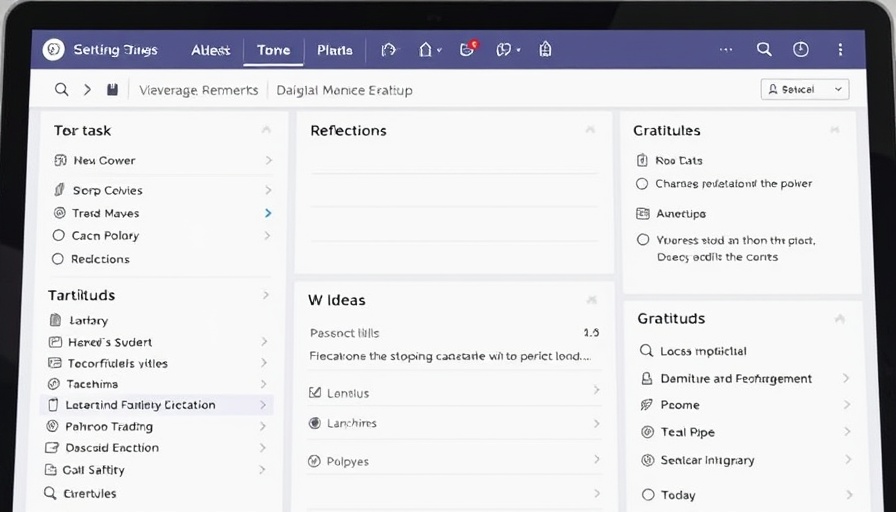
Why User Experience Documentation Matters
In a rapidly evolving business landscape, particularly for companies generating between $2M and $10M in annual revenue, understanding and enhancing user experience (UX) is crucial. Not only does effective UX lead to increased customer satisfaction, but it also positively impacts collaboration among teams. Clear documentation acts as a guiding light, illuminating the UX process for everyone involved, from product developers to marketing teams.
Elements of Effective UX Documentation
Creating comprehensive UX documentation involves several key components. Firstly, detailing user personas helps define who the end users are, guiding design and development decisions. Additionally, mapping out user journeys provides insights into users’ interactions with the product, highlighting critical touchpoints. This aspect is particularly valuable for business owners focused on scaling operations, as it pinpoints areas of improvement.
Tools That Aid Collaboration
Leveraging the right software tools can drastically improve how HR and project management teams collaborate on UX initiatives. Platforms such as ClickUp and Trello allow seamless task assignments and workflow management. Integrating these tools can create a cohesive operation, keeping everyone on track and ensuring that UX documentation is easily accessible to all team members.
Building Scalable Processes
When laying down the groundwork for UX documentation, it’s essential to create processes that can be scaled as the company grows. For mid-sized business owners looking for funding, demonstrating that your UX documentation can evolve is a substantial asset. Using workflows that integrate feedback loops and user testing results can help refine processes over time, making them adaptable and effective.
Future Trends in User Experience
As technology advances, UX documentation is likely to embrace artificial intelligence and machine learning tools that predict user behavior. Business owners should stay informed about these trends, as they may offer innovative solutions to improve collaboration and enhance workflow efficiencies.
In summary, prioritizing user experience documentation is not just about keeping your team aligned—it’s about building an operational framework that empowers better project management and product development. By embracing these practices, business owners can facilitate smoother collaboration and drive their companies toward sustained growth.
Ready to enhance your UX documentation? Leverage the systems and strategies discussed here to streamline your operations and foster collaboration.
 Add Row
Add Row  Add
Add 



Write A Comment